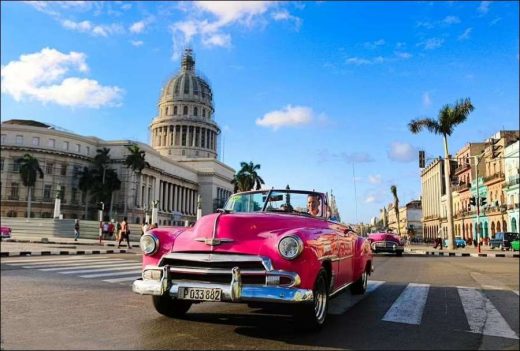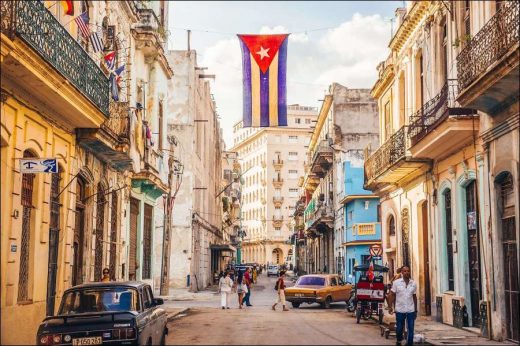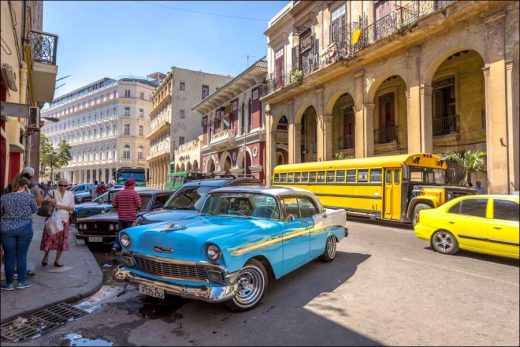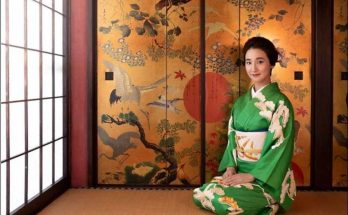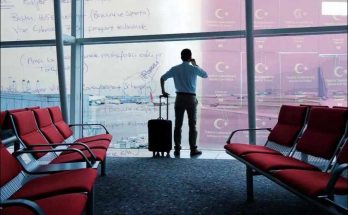Getting to know Cuban people by walking the Havana streets. When you start walking through the side streets, you can see old but clean living spaces behind the open doors of the houses, with no luxuries other than refrigerators and color televisions. People are sitting in front of their doors, running around, and Cuban music reaches the streets from the windows of the houses.
According to what we are told, the state provides health services in the best possible way and guarantees a minimum income in order to ensure people’s livelihood. Specific foods considering per capita requirements. They are provided with ration cards and most importantly, since they shop in their own currency, they can afford luxury in their own way with the 1 dollar each we give as a tip. Education is free with state guarantee!
Public transportation is provided by buses, which are visually shaped like a camel-like wagon pulled by a tow truck. The need for these buses arose due to the difficulties encountered in the supply of parts for old buses used as a result of the collapse of the Eastern Bloc. Another thing that draws attention is that car owners pick up pedestrians at intersections, and if there is a car that is empty, they immediately approach and provide transportation to the pedestrian.
When you go to the intercity road, you encounter similar scenes; even the trucks that abandon their transportation contribute to transportation by taking pedestrians instead of their empty loads. Of course, there is no chance of these vehicles leaving empty anyway, because state officials check the occupancy of the vehicles at most of the waiting points, but the necessity has become a habit over time.
The Cubans we see on the street can be described as Spanish, African or mestizo. Since one of the country’s important resources is sugarcane, many Africans were brought to Cuba as slaves to work in the fields. The Cubans, consisting of local people, Africans and Spaniards, whose numbers were decreasing, mingled together and achieved a synthesis by intertwining their cultures; This is reflected in music, paintings and wood carving.
Cuba’s local drink is rum, made from sugar cane. The factory of the famous American Bacardi company in Cuba was moved after the revolution, and now the most well-known brand is Havana Club. Rums are put on the market as 0, 3, 5, 10 years old. Since the aging process is done in barrels, the color becomes darker as the waiting time increases. It is not possible to obtain rum, which has been stored for 25 years, as it is a protocol drink.
It is useful not to forget the Cuban cigar. You will have the chance to see rural life on the daily tour to the Pınar Del Rio region. There are tobacco fields, tobacco drying warehouses, tropical plant gardens, caves where revolutionaries lived and an incredibly beautiful valley. On the route, you come across areas that have barely been touched by human hands and where nature lovers are allowed to visit and even stay. You have the chance to see all the beauty of the tropical climate after the rainy season.
The third place we visited during our holiday, after Havana and Pınar Del Rio, was the holiday resort called Varedero. While traveling between Havana and Varedero, we noticed oil wells; According to the information provided, considering the inefficiencies of these wells, which were operated by the state for a long time, cooperation was made with Canadian companies and production was increased.
Varedero is a disappointment, not much different from our Kemer and Belek, some of which have ‘all-inclusive’ resorts. Since we couldn’t do much outside of the tour program, we decided to follow the program and rest. We toured the region on state-run catamarans and swam with dolphins in a pool in the middle of the sea. Havana, the capital of Che and Castro, opposite Miami, is adapting, albeit forced, to the changing world order with “more freedom, less independence”, as a Cuban puts it.
Visits: 126
